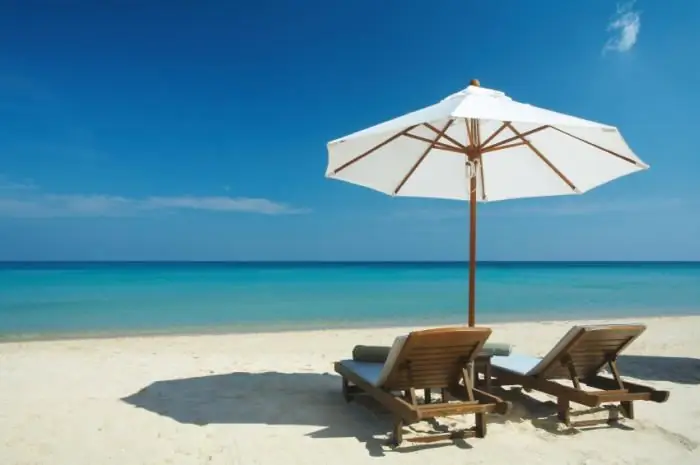2026 Author: Howard Calhoun | [email protected]. Last modified: 2025-01-24 13:10:33

Money in Scandinavia appeared a long time ago. We can say that the Norwegian krone was used as a currency at the end of the first millennium of our era. Silver coins began to be stamped here during the reign of King Olaf Trygvasson. Their minting was exclusively the prerogative of the ruler of the country. The first Norwegian mint appeared much later - in 1626 in Oslo, or Christiania, as the city was then called. At the end of the seventeenth century, it was moved closer to a large silver mine. Around the same time, the Norwegian krone first appeared in the form of banknotes. In 1736 the Kurantbank was founded. It was a private establishment under royal control. It had the right to issue banknotes and coins that were in circulation in both Norway and Denmark.
In the mid-nineteenth century, riksdaler, which consisted of one hundred ore, began to be considered legal tender. In 1874, the transition to the gold standard was carried out. It was canceled in 1914 due to the fact that military expenses, which were very numerous, had to be covered by the included printing press. The return to the gold standard was carried out in 1920. Butthe Norwegian krone was pegged to the precious metal for a short time. The gold standard was finally abolished in 1931. The Norwegian krone was officially introduced into circulation in 1875, which is associated with the country's entry into the Scandinavian Monetary Union. Prior to this, silver specialers were used here.

Norwegian krone is not the only currency used in this part of Scandinavia. At various times, this state was under the rule of the Danish or Swedish crown. Coins and banknotes of these countries were used along with local crowns until 1917. In addition, during the years of German occupation (1940-1945), Reichsmarks also visited here. After the liberation of the country, the old money was exchanged for new ones.
Krone is still the country's national currency. Consists of a hundred era. Tourists who wish to visit the beautiful country of fjords, picturesque mountains and forests should take into account that in Norway currency exchange is a troublesome and expensive business. All banks there charge a commission of up to 5 percent or a fixed amount - at least five dollars. And at airports, local travel agencies or seaports, it’s better not to buy crowns at all, it will cost even more. Therefore, if possible, purchase this currency in your country. Norwegian krone is currently related to the ruble as 1: 5, 3. It is best to buy it in banks.

The rate of the Norwegian krone is not constant, it varies significantly every year. This is explained by the fact thatit depends on many factors, including the level of oil prices. Please note that when you are in the country of the fjords, it is better to pay not with banknotes, but with a plastic card. Non-cash forms of payment are highly developed here, as in any modern civilized country. Therefore, plastic cards are accepted almost everywhere in Norway where you can buy something. If it was not possible to purchase crowns before the trip, it does not matter. You have the right to take either 25,000 Norwegian currency or 2,500 euros with you. If you decide to take with you an amount of money that exceeds this limit, you will have to fill out a special form at customs. But I must say that such restrictions do not apply to travelers checks.
Recommended:
Egyptian pounds: a couple of tips for tourists

Egyptian pounds are signed in two languages - English and Arabic. On the front side you can see an image of some object of Muslim architecture. On the back, as a rule, an ancient Egyptian architectural monument flaunts
Reviews about travel agencies in Moscow. Moscow travel agencies - rating

Overview of the tourist market in Moscow. Description of the leading players in the capital and Northwestern regions. Features of cooperation. Customer reviews and recommendations
Travel agencies of Vladivostok. "Suitcase" - travel agency, Vladivostok

Planning and arranging your own trip from start to finish is very difficult. That's why people turn to travel agencies
Travel agencies of Minsk. Travel agency "Rosting" (Minsk). "Smolyanka" - travel agency (Minsk)

Going on vacation from the Belarusian capital is not difficult at all - there are a lot of travel companies in Minsk. But which ones are better?
Norwegian krone is the main currency of Norway

The banking system in this Scandinavian country is very well developed. In tourist areas, Norwegian currency can be purchased and exchanged between 8 am and 11 pm on weekdays. 100 øre is one Norwegian krone. Today, there are several denominations of coins and banknotes in circulation in Norway. You can name coins in denominations of 10 and 50 øre, as well as 1, 5, 10 and 20 NOK

